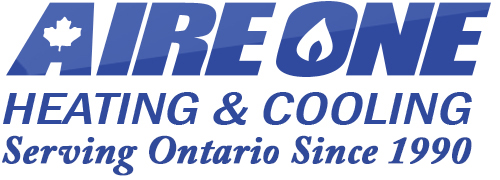In the realm of home libraries, preserving books is not just about shelving them properly or handling them with care; it also involves creating an environment that safeguards their longevity. Among the various factors influencing book preservation, the role of HVAC (Heating, Ventilation, and Air Conditioning) systems is paramount.
HVAC systems play a crucial role in maintaining ideal conditions for book preservation within home libraries. Books are susceptible to damage from fluctuations in temperature and humidity, which can lead to deterioration, mold growth, and pests. HVAC systems help regulate these environmental variables to ensure a stable and controlled climate, thereby safeguarding the integrity of the collection.
Temperature control is essential for preventing the degradation of paper, ink, and binding materials. Fluctuations in temperature can cause expansion and contraction of these materials, leading to structural damage over time. HVAC systems maintain a consistent temperature range, typically between 60°F to 70°F, to mitigate these effects.
Similarly, controlling humidity levels is vital for book preservation. Excessive moisture can promote mold growth and attract pests, while low humidity can cause pages to become brittle and susceptible to damage. HVAC systems manage humidity levels within the recommended range of 30% to 50%, preserving the condition of the books.
Furthermore, proper air filtration provided by HVAC systems helps remove airborne contaminants such as dust, pollutants, and particulate matter, which can degrade book surfaces and contribute to poor indoor air quality.
In summary, HVAC systems are indispensable tools for maintaining optimal conditions for book preservation in home libraries. By regulating temperature, humidity, and air quality, these systems help protect valuable collections, ensuring that books can be enjoyed for generations to come.

